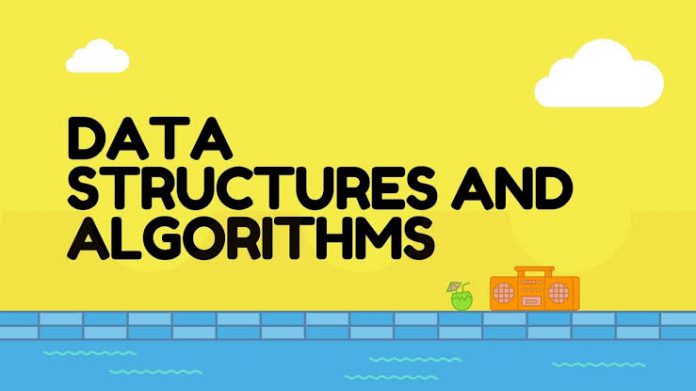In the realm of computer science, algorithms and data structures serve as the bedrock upon which efficient and scalable software solutions are built.
Whether you’re a seasoned developer or an aspiring programmer, understanding these fundamental concepts is crucial for mastering the art of problem-solving and optimizing code performance.
In this comprehensive guide, we will delve into the world of algorithms and data structures, demystifying their principles, exploring their applications, and providing practical insights to help you harness their power effectively.
Understanding Algorithms:
At its core, an algorithm is a step-by-step procedure for solving a problem or accomplishing a task. From simple sorting algorithms to complex machine learning algorithms, they are ubiquitous in the field of computer science. Key aspects of understanding algorithms include:
- Correctness: An algorithm must produce the correct output for all possible inputs within its domain.
- Efficiency: Efficient algorithms optimize resource usage, such as time and space, to achieve optimal performance.
- Analysis: Analyzing algorithms involves evaluating their performance characteristics, such as time complexity (how the runtime grows with input size) and space complexity (how much memory is required).
- Design Techniques: Various design paradigms, including divide and conquer, dynamic programming, and greedy algorithms, enable the creation of efficient and scalable algorithms.
Exploring Data Structures:
Data structures provide a systematic way to organize and store data for efficient retrieval and manipulation. They serve as the building blocks for implementing algorithms and optimizing computational tasks. Key aspects of understanding data structures include:
- Types of Data Structures: Data structures can be classified into various types, including arrays, linked lists, stacks, queues, trees, graphs, and hash tables, each suited for specific applications and operations.
- Operations: Each data structure supports a set of operations, such as insertion, deletion, search, traversal, and sorting, which determine its functionality and efficiency.
- Memory Management: Efficient memory utilization is essential for data structures, especially in resource-constrained environments. Understanding memory allocation and deallocation mechanisms is crucial for optimizing performance.
- Trade-offs: Different data structures offer trade-offs between various factors, such as time complexity, space complexity, and ease of implementation. Choosing the right data structure depends on the specific requirements of the problem at hand.
Applications and Real-world Examples:
Algorithms and data structures find applications across a wide range of domains, including software development, artificial intelligence, computational biology, and network analysis. Here are some real-world examples:
Sorting Algorithms: From sorting a list of names in alphabetical order to organizing vast databases, sorting algorithms like quicksort, mergesort, and heapsort are indispensable in various applications.
Graph Algorithms: Graph traversal algorithms, such as breadth-first search (BFS) and depth-first search (DFS), are used in network routing, social network analysis, and recommendation systems.
Dynamic Programming: Dynamic programming techniques are employed in optimizing solutions to problems with overlapping subproblems, such as the knapsack problem and sequence alignment in bioinformatics.
Data Structures in Databases: Data structures like B-trees and hash tables are fundamental components of database systems, enabling efficient storage, retrieval, and indexing of data.
Conclusion:
Algorithms and data structures form the foundation of computer science, enabling the efficient processing and manipulation of data to solve complex problems.
By mastering these concepts, developers can write more efficient code, design scalable software systems, and tackle challenging computational tasks with confidence.
Continuous learning and practice are essential for honing algorithmic skills and staying abreast of advancements in this ever-evolving field.
So, roll up your sleeves, dive into the world of algorithms and data structures, and unlock the potential to create innovative solutions that shape the future of technology.
Master Your Coding Skills with BootSelf AI
If you're looking to enhance your coding abilities and upskill in artificial intelligence, look no further than the BootSelf AI app. This innovative platform provides AI-based coding lessons that are tailored to your individual learning pace.
Available on both iOS and Android, you can download the BootSelf AI app and start mastering coding skills today:












